
For our May Tuesday’s Together meeting, we gathered at the 304 Collective studio to talk pricing and negotiation. You can download the full guide from the Rising Tide Society. We also spent some time crafting detail boards for flat lays out of both plaster and linen!
Pricing for Profitability
Often when creatives are just starting out, pricing is an arbitrary number pulled out of thin air or based on what either a national average is, or the pricing of similar products and services already being provided by others in the area. A better way to establish what your pricing needs to be is to do calculate your cost of doing business and cost of project creation.
Cost of Doing Business for Creative Entrepreneurs
To calculate your annual cost of doing business you need to make a list of every expense your business incurs throughout the year (that isn’t specifically related to a supply needed to create a product). Rebecca shared her Cost of Doing Business spreadsheet to give you a place to start with several common categories of expenses. Simply open the Google doc, save a copy, and you may edit it to fit your needs. If you’d like to preserve the formulas, just edit the colored boxes.
Many solopreneurs include their own annual salary in this overhead expense, some choose to pay themselves on a per-project basis. This line item is included on both the annual CODB tab and the Project Expenses; choose which one you would prefer to use.
Property. Even if you don’t own or rent space for your creative business, it’s likely that a portion of your home is dedicated to housing your business supplies and your personal workspace. If you itemize this deduction for tax purposes you’ve likely already calculated what this cost is. Even if you choose not to deduct this on your taxes, include it in your CODB overhead. It’s a simple way to cover the cost of the physical space your business is occupying in your (and sometimes your family’s) life.
Programs, Memberships, & Electronic Assets. More and more we rely on specialized programs to complete our creative tasks. Even as a maker of products, you may need these kinds of programs to either design your product or effectively market your business. Some come with a one time fee, but many are moving toward annual fees for usage. Make a list of your assets in this category and list those expenses.
Finance, Insurance, and Legal Fees. It’s likely that just to stay in business, you will have recurring fees associated with licensing your business, maintaining your accounts, and providing insurance for your business assets (and liability for business use). Even if proof of insurance is not required in your state or town, holding liability insurance is necessary to protect you from financial ruin and is very affordable. Include these costs in your annual overhead expenses.
Marketing and Management. Look at how much you’re spending on marketing each year; in physical print materials, trade shows, and ad placement. Set that for your yearly marketing budget. If you outsource any administrative tasks, account for those here, and set a line item for what you hope to spend on continuing your education each year.
Equipment. Even if you do not plan to chase the newest trends in gear, the things you do own will eventually become outdated, cease to be relevant, or just plain break and need to be replaced. Many creatives start out with what they could consider to be a basic kit and plan to invest in more gear as they can afford to do so. Some of your gear will also need to be replaced on a regular basis (often memory cards, hard drives, rechargeable batteries) and should be accounted for as well. Calculate what you plan to invest or replace each year and list these.
By now you should have a pretty good idea of your bottom line. If you’re using the spreadsheet, you’ll see both an annual and monthly figure. You may be able to look at that monthly figure and know that to cover that expense, you need X number of projects per month (particularly if you include your salary in this calculation). If you’ve been in business a few years, you can look back at your history and see how many projects you average each month as well. If you have different sizes of projects, I’ve allotted for calculations for different overhead per project. For us, smaller projects require less time and carry less overhead, larger projects may occupy months of our time and therefore carry a larger overhead. If you have a similar business structure, adjust what percentage of your overhead these projects should carry and how many projects per year you have carried in the past (or a conservative estimate of future projects). This will give you your per-project overhead.
If you have never considered this overhead, and your projects have simply been based on the cost for materials plus your time, you’re now looking at the number you’ve been paying out of pocket to stay in business. This is why a solid Cost of Doing Business analysis matters to set your pricing!
Project Expenses
This tab will allow you to enter how much it costs to create each project. For staff, if you pay assistants or contract out tasks specifically for each project (or prefer to pay yourself on a per project basis) account for that here. We have two categories of product expenses, intangible and physical products. You can simplify if you only have one, or add another category to account for your own project’s unique requirements.
That will give you a project subtotal. Enter your per-project overhead and you’ll see your pre-tax total. 30% is the recommended amount to set aside to pay taxes (depending on your business structure, you may need less, please consult your accountant). We also recommend a 10% contingency. If you’re creating the same project over and over, you may not need this. But when providing custom work for clients, often a project will require either more time or materials than we originally quote; this contingency allows us to complete the project without losing profit or going back to the client to request more money. (If the client changes the scope of the project, it is completely appropriate to let them know there are additional charges associated with those changes….the contingency just covers the things that invariably come up.) When we don’t use the contingency, this 10% becomes our savings. Some recommend settings an additional line item for this, you may edit that if you like.
If your state and town require you to collect sales tax, you can edit that percentage to reflect the requirements, and not you’ll see your per-project price.
Happy Calculating! If you get stuck or aren’t sure, send Rebecca an email!
Negotiating with Confidence
Having a solid handle on what your products or services actually cost can give you the confidence to believe in what you provide and negotiate with a client. Here are Allison’s tips on negotiating with confidence!
Set Boundaries with Yourself
You’ll find that as your business grows, you’ll frequently get requests from friends and family (or sometimes, that dude who sat 3 desks behind you in high school but never actually spoke to you) for discounts. Set boundaries with yourself for what you will and will not do for friends and family, then do not feel bad about sticking to it! Even if you want to donate your time, you may still have tangible product costs associated with each project that need to be covered, and it’s okay to ask even the closest friend or family member to cover those. It’s also okay to ask them to pay for your time, or your full market price! Just decide in advance what works for your business and stick to it.
Communicate the Value of Your Product or Service
You may find that your client has no idea what custom creative services cost. This may be the first time they’ve ever looked into such a thing, and they may express a bit of sticker shock at your first quote. It’s okay to explain to them why your prices are not the prices they would pay for a generic item at a big box store. Share details about your local, small company, and handmade products or personal services. Share details about your personal client experience and availability. Don’t share your Cost of Doing Business spreadsheet with them or you’re likely to hear all kind of suggestions on how you can cut costs to save them money.
“I’ll just pay you cash and you don’t have to pay taxes and that will save me 30%!”
No no no. Clients generally don’t care what your costs are, don’t figure that this ‘hobby’ also needs to feed you and pay your mortgage, and that you have no interest in tax evasion. But DO share those unique qualities that give your products and services value above what they may have previously considered.
Customize Your Package to Fit Their Budget
Offering an a la carte menu can be a good way to provide services to clients on a budget. You can also assist clients in selecting a package that will fit all of their needs (and most of their wants) without breaking the budget. Again, they’ve never done this before, but you have. You can advise them on what things previous clients have found to be more valuable, and which things are typically thought of as extra. That kind of advice is just one more thing that gives your business an edge above big box stores and national chains!
That does it for our wrap up of the May meeting! We’d love to see you at our next meeting on June 12 (location TBA) where we’ll talk about SEO and keywords! We also have a few social/lunch gatherings happening over the next few weeks, follow along on Facebook to get the details!
Join the 304 Collective mailing list to stay in the loop and get content like this right in your inbox.

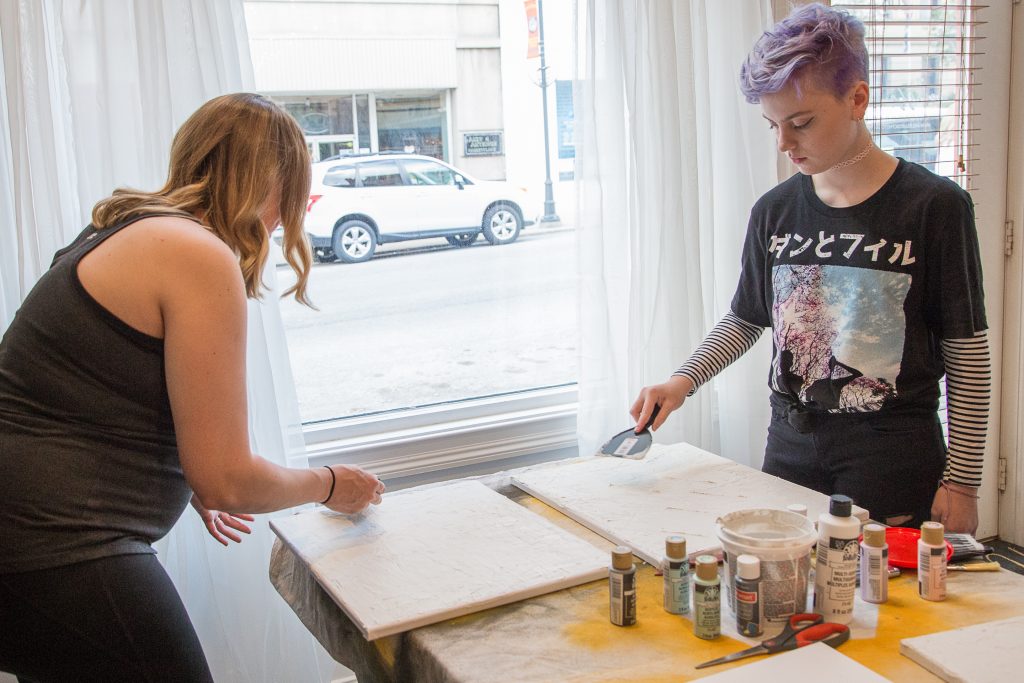
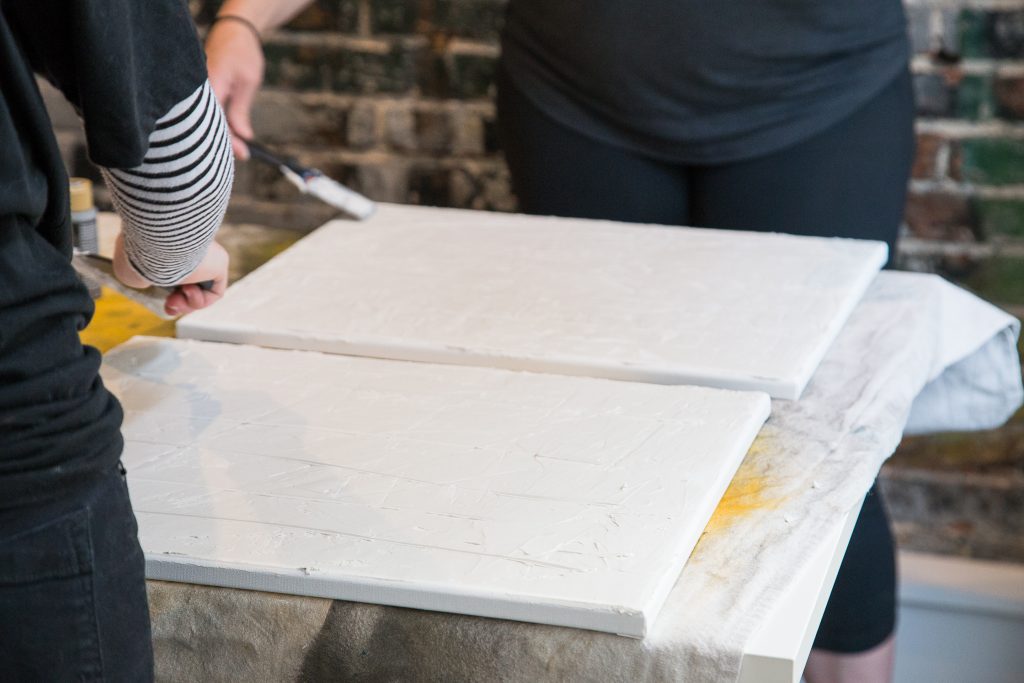
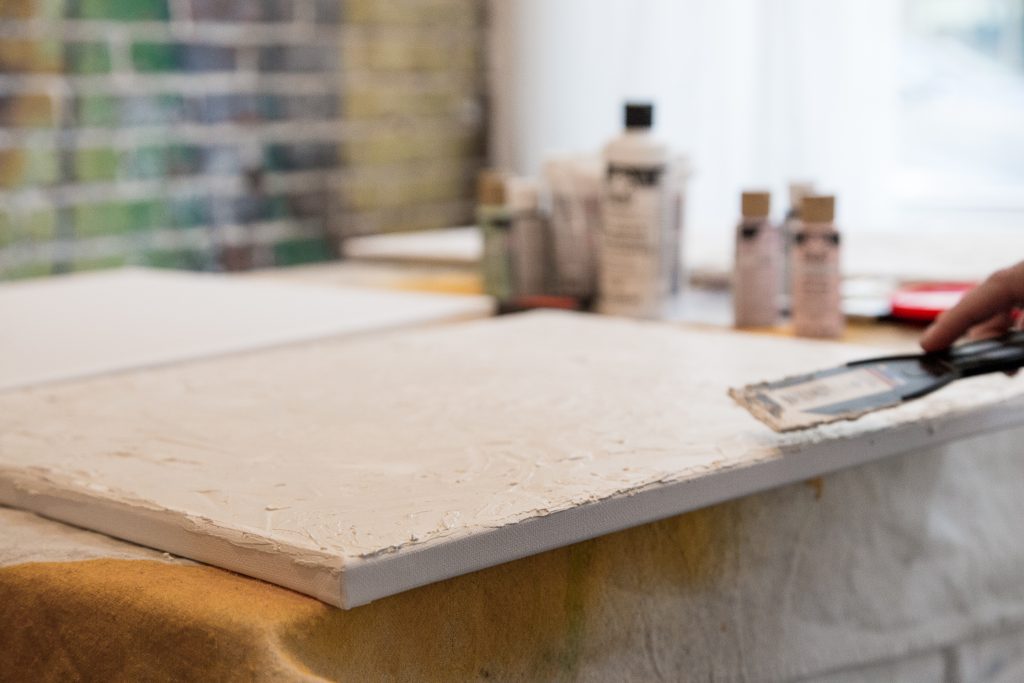
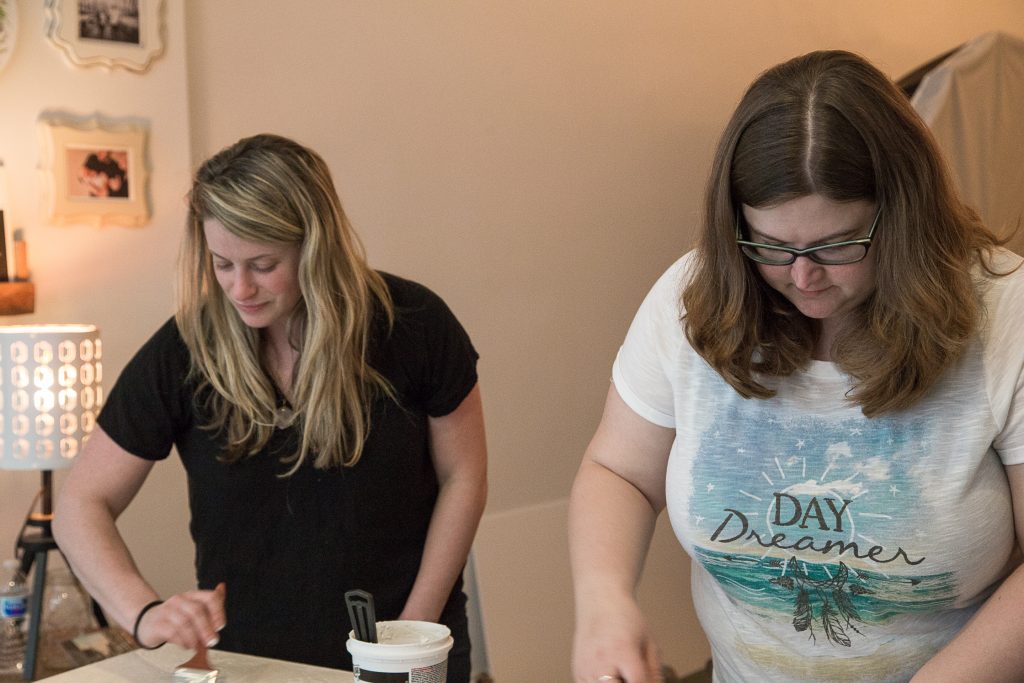

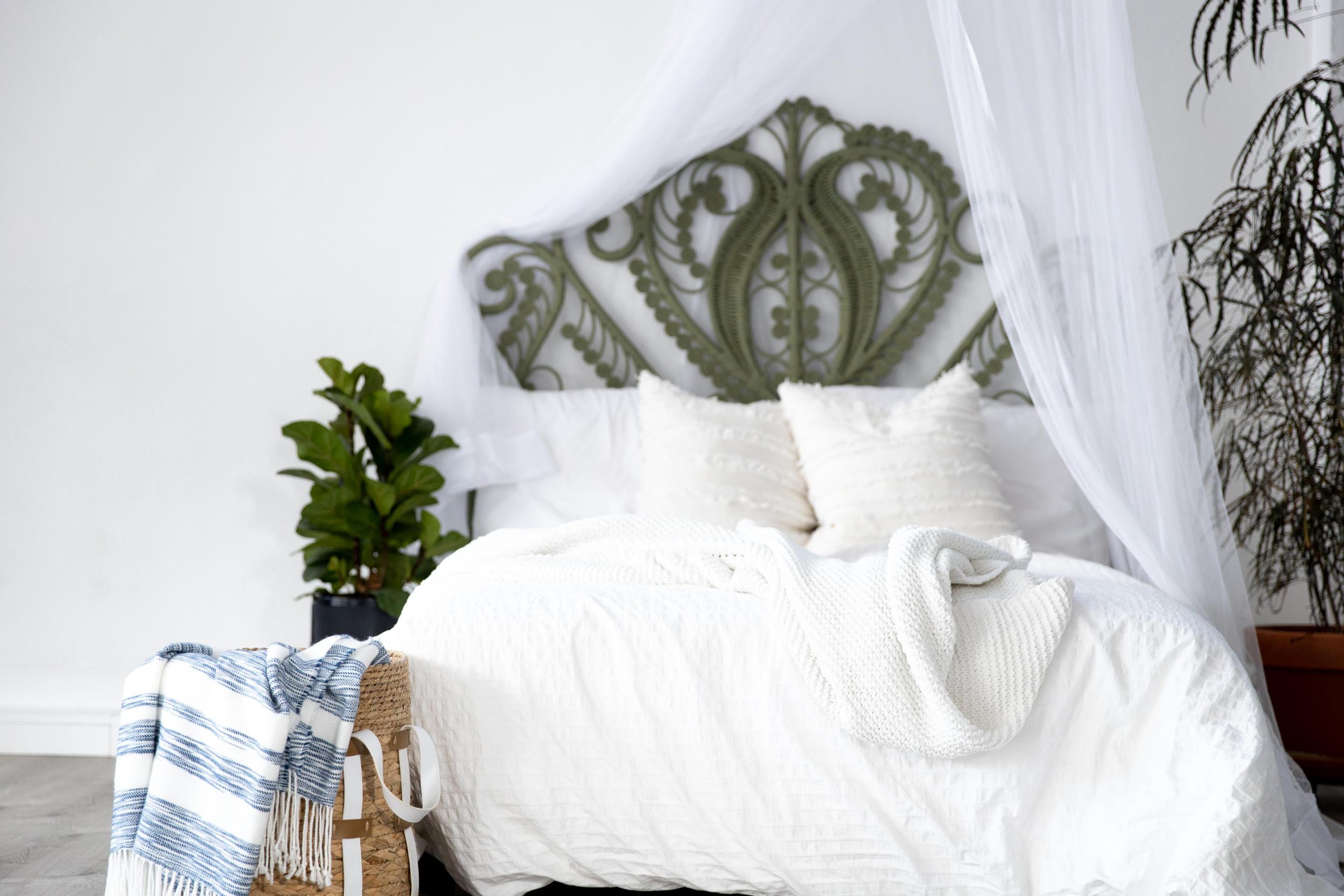
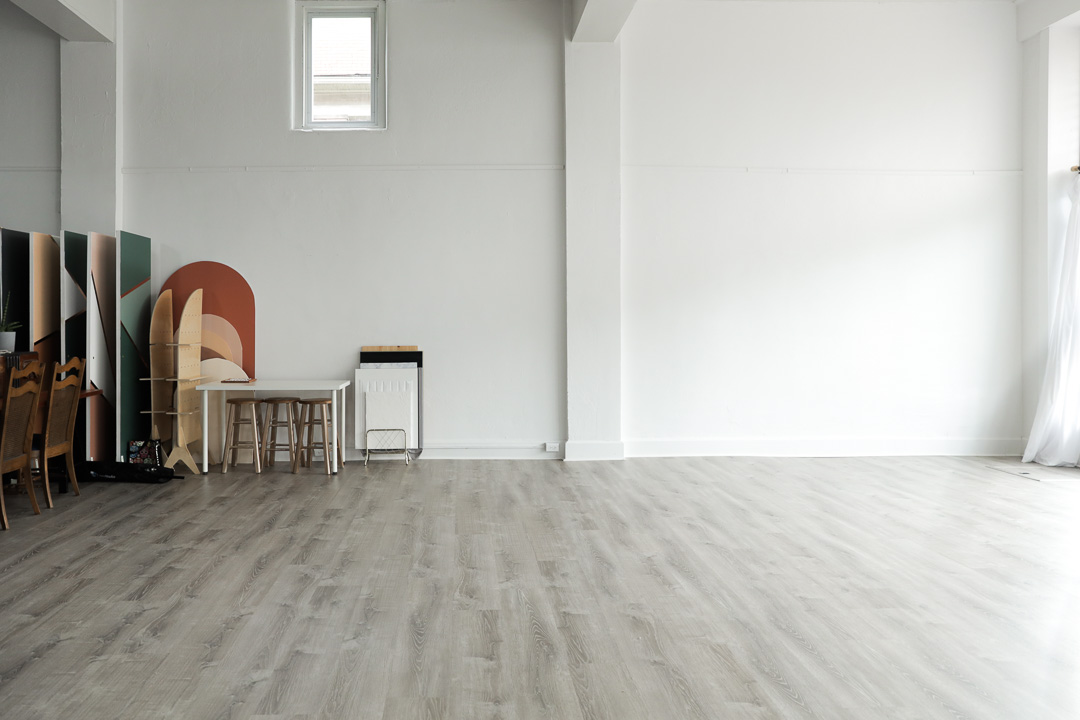
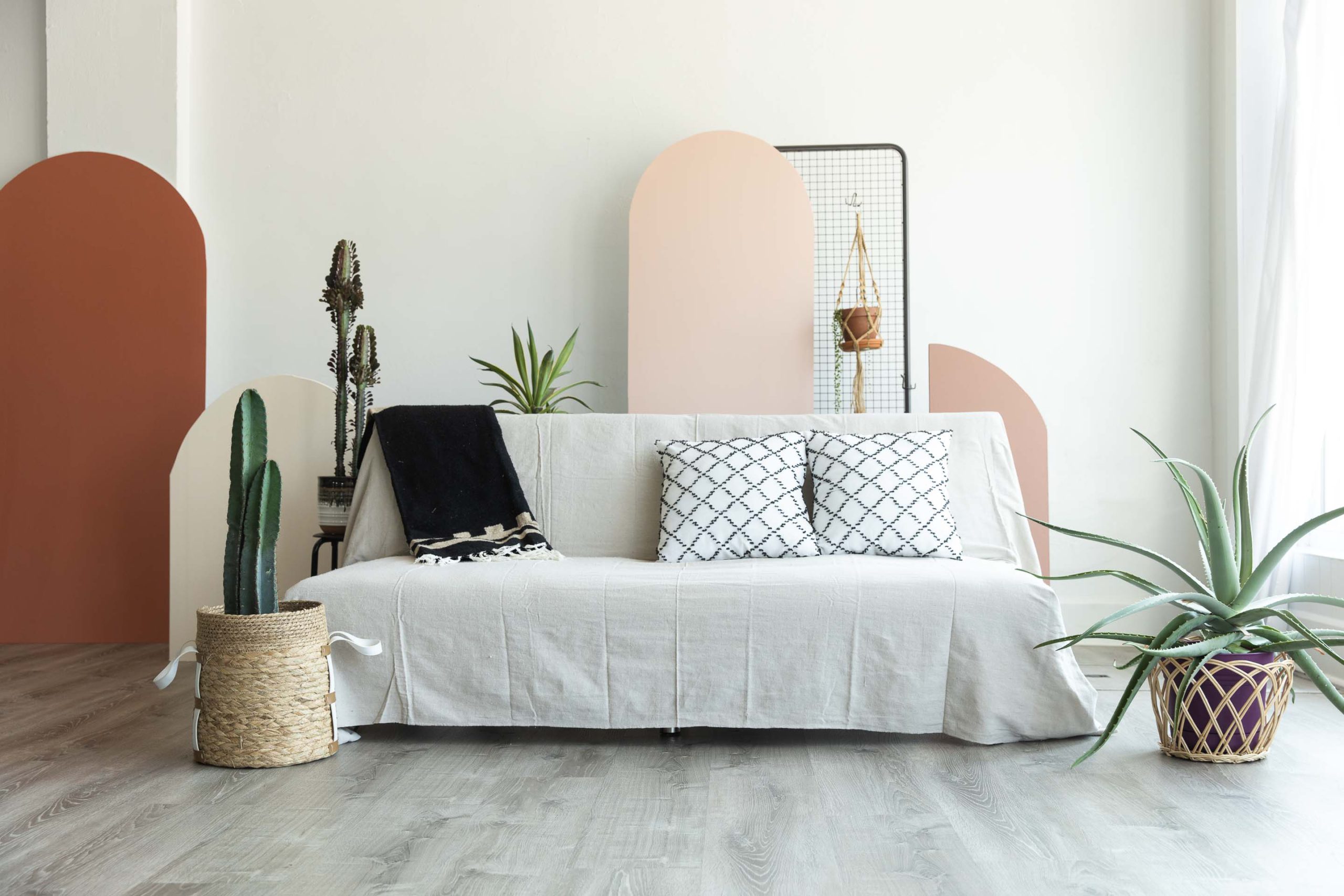

Leave A Comment
You must be logged in to post a comment.